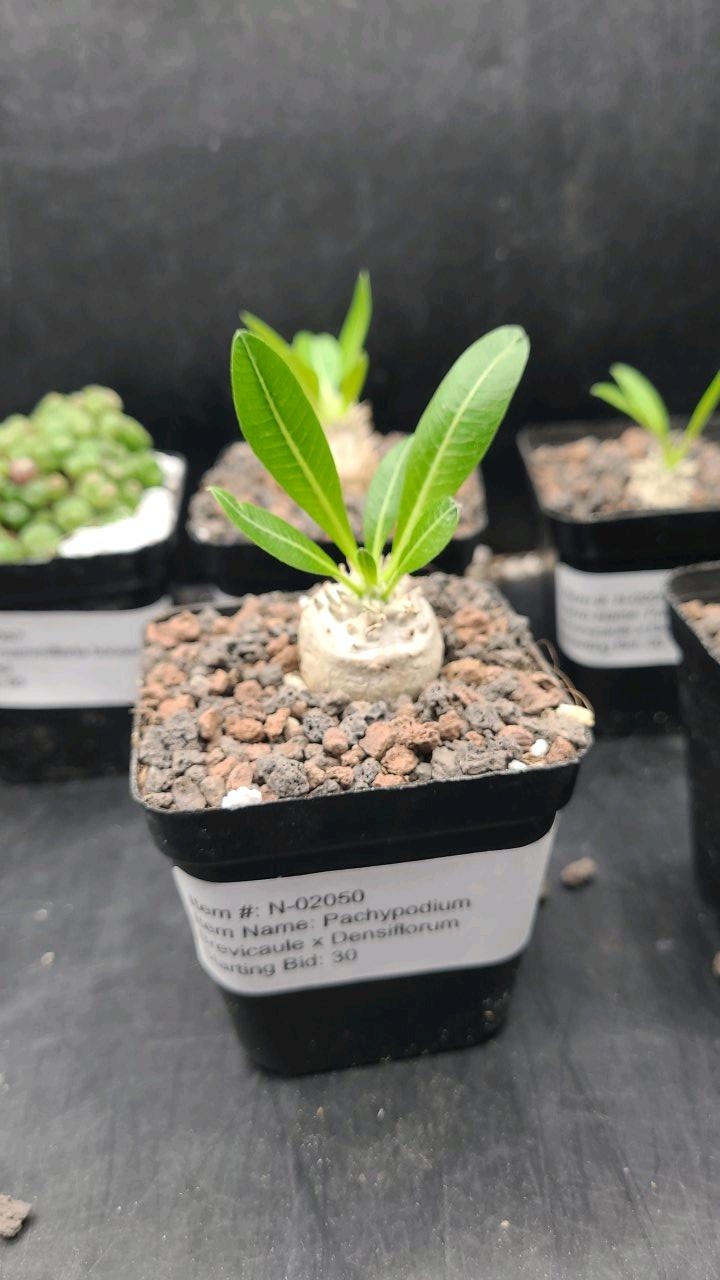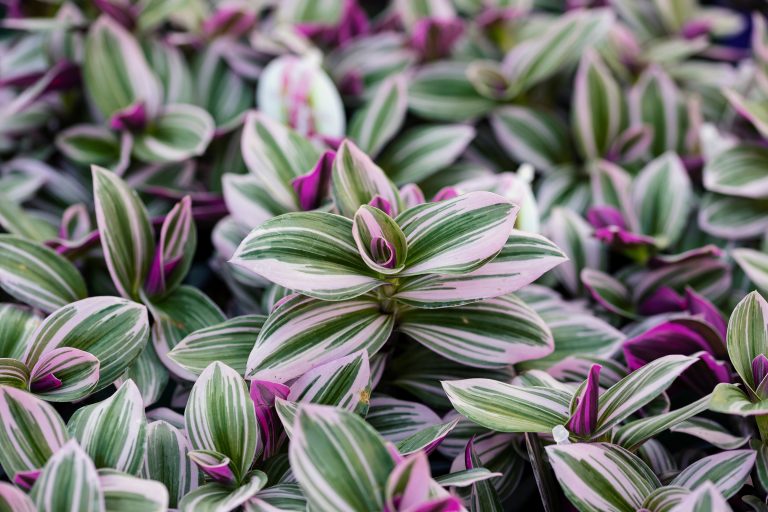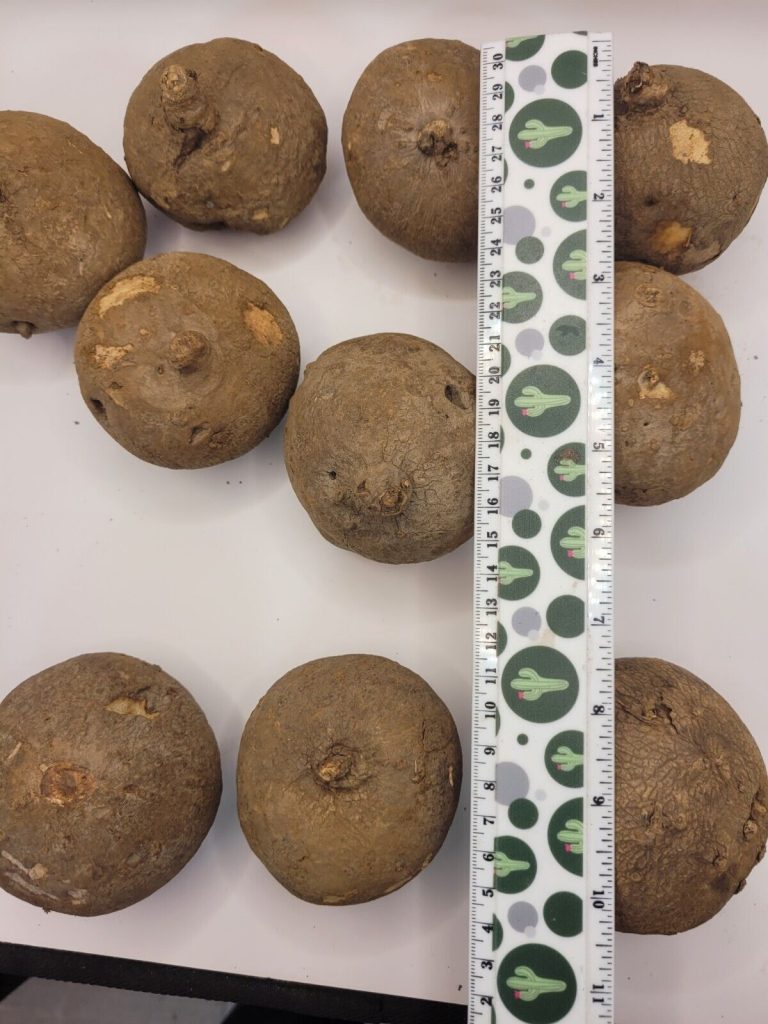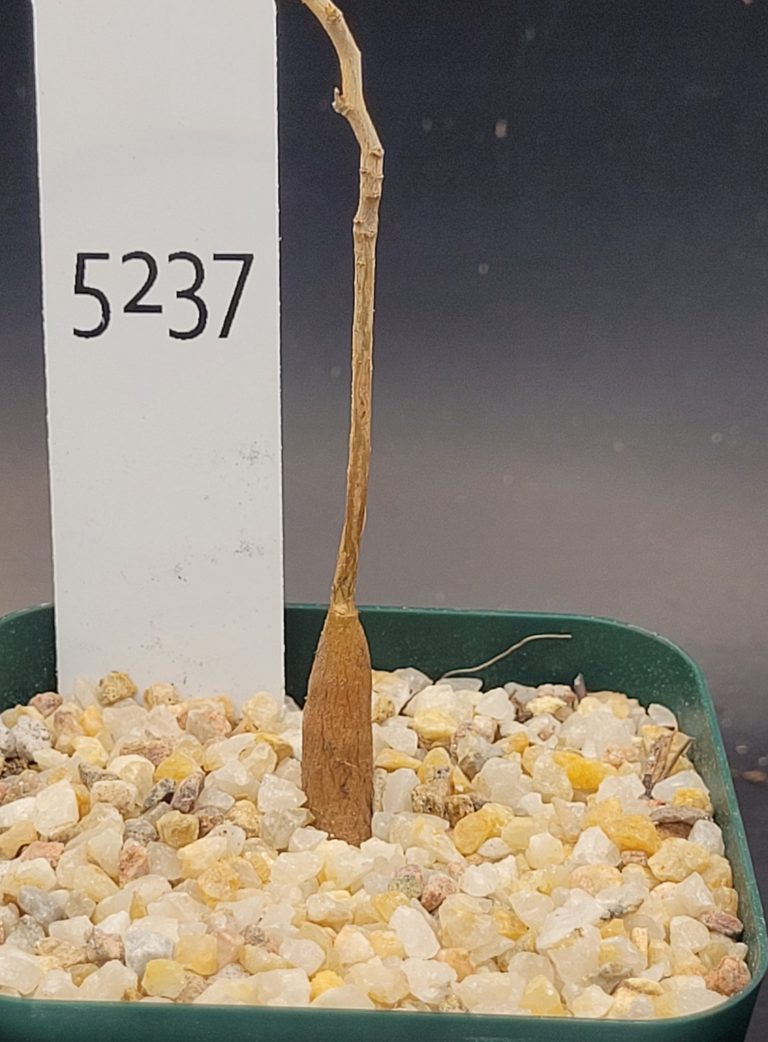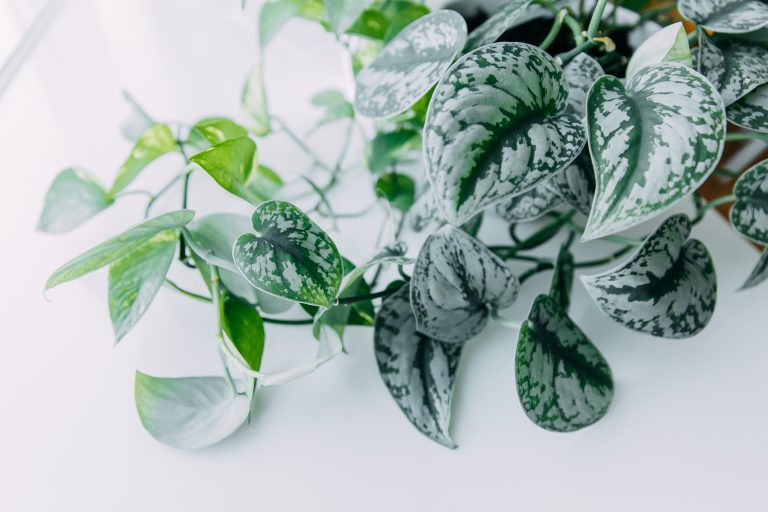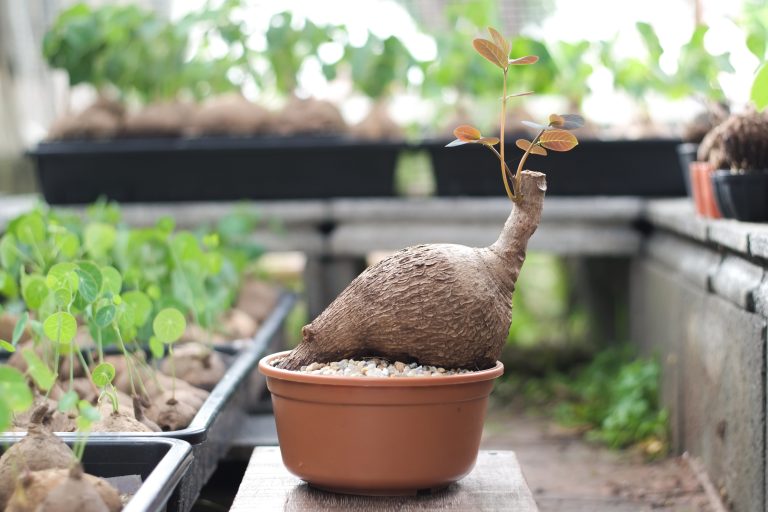Hoya plants, also known as Wax Plants, are beloved by plant enthusiasts for their waxy, star-shaped flowers and lush, green foliage. Native to Southeast Asia and Australia, these charming plants are relatively easy to care for and make a stunning addition to any indoor garden. Here’s a detailed care guide to help you keep your Hoya plants healthy and thriving.
Light Requirements
Hoyas are versatile and can adapt to various light conditions, but they thrive best under the following:
- Bright, Indirect Light: Hoyas love bright, indirect light. Place them near a window where they can receive plenty of filtered sunlight.
- Avoid Direct Sunlight: While some varieties can tolerate direct morning sun, intense afternoon sun can scorch the leaves. A sheer curtain can help diffuse strong light.
- Low Light Tolerance: Hoyas can survive in lower light conditions, but their growth may be slower, and they may not flower as profusely.
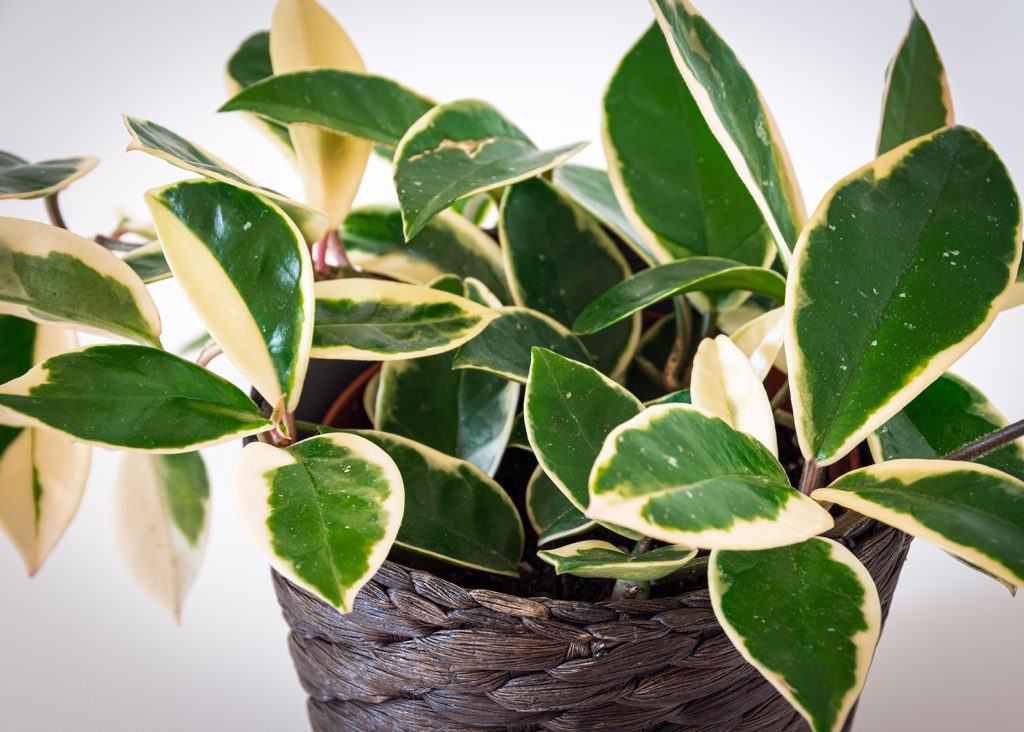
Watering
Proper watering is crucial for the health of your Hoya:
- Allow Soil to Dry Out: Let the top 1-2 inches of soil dry out between waterings. Hoyas are semi-succulent and store water in their leaves, so they are more tolerant of drought than overwatering.
- Water Thoroughly: When you water, ensure that water flows through the drainage holes, thoroughly saturating the soil. Discard any excess water that collects in the saucer.
- Adjust for Seasons: In the growing season (spring and summer), you may need to water more frequently. Reduce watering in fall and winter when growth slows.
Humidity
Hoyas prefer higher humidity levels, though they can tolerate average indoor humidity:
- Maintain Moderate to High Humidity: Aim for humidity levels between 40-60%. Higher humidity can encourage blooming.
- Increase Humidity: If your home is dry, especially in winter, use a humidifier, place a water tray near the plant, or mist the leaves regularly.
Temperature
Hoyas thrive in warm, stable temperatures:
- Ideal Range: Keep temperatures between 60°F to 85°F (15°C to 29°C).
- Avoid Cold Drafts: Protect your Hoya from cold drafts and sudden temperature changes. Temperatures below 50°F (10°C) can harm the plant.
Soil
Using the right soil mix is essential for the health of your Hoya:
- Well-Draining Mix: Use a well-draining potting mix. A combination of orchid bark, perlite, and peat moss works well. You can also add some charcoal for extra aeration.
- Repotting: Repot your Hoya every 1-2 years or when it becomes root-bound. Choose a pot slightly larger than the current one and refresh the soil mix.
Fertilization
Regular feeding helps your Hoya thrive, especially during the growing season:
- Balanced Fertilizer: Use a balanced, water-soluble fertilizer (20-20-20) diluted to half strength. Fertilize every 4-6 weeks during spring and summer.
- Bloom Booster: To encourage flowering, you can use a fertilizer higher in phosphorus (10-30-10) during the blooming season.
- Reduce in Winter: Cut back on fertilization during fall and winter when the plant’s growth slows.
Pruning and Maintenance
Pruning helps maintain the shape and health of your Hoya:
- Remove Dead or Yellowing Leaves: Regularly trim away any dead or yellowing leaves to keep the plant looking neat.
- Control Size and Shape: Prune leggy growth to encourage a fuller, bushier appearance. Use clean, sharp scissors or pruning shears.
- Keep Peduncles: Hoyas flower from the same spot year after year, so avoid cutting off the peduncles (flower spurs).
Propagation
Hoyas are easy to propagate, especially through stem cuttings:
- Stem Cuttings: Take a stem cutting with at least one node and a few leaves. Place the cutting in water or a moist potting mix until roots develop. Change the water regularly if propagating in water.
- Soil Propagation: Plant the cutting directly into soil, keeping it moist until new growth appears.
Encouraging Blooms
Hoyas are known for their beautiful, fragrant flowers. Here are some tips to encourage blooming:
- Bright Light: Ensure your Hoya receives bright, indirect light.
- Proper Feeding: Use a bloom-boosting fertilizer during the growing season.
- Avoid Disturbing: Hoyas may take time to adjust after being moved, so try to keep them in a consistent spot.
Common Issues
Be on the lookout for common problems:
- Pests: Watch for pests like spider mites, aphids, and mealybugs. Treat infestations promptly with insecticidal soap or neem oil.
- Yellowing Leaves: This can be a sign of overwatering, poor drainage, or nutrient deficiency. Adjust care accordingly.
- Root Rot: Ensure the pot has adequate drainage and avoid letting the plant sit in water.
By following these care guidelines, you can enjoy the lush, vibrant foliage and beautiful blooms of your Hoya plants for years to come. Happy growing!

